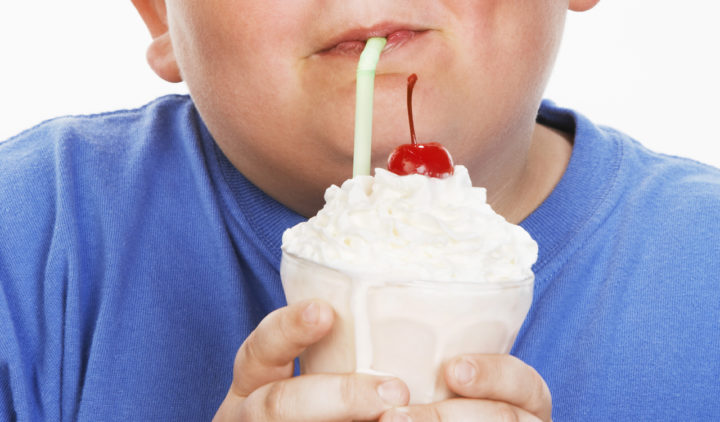Christmas is here, time to celebrate, share with the family and enjoy some relaxing days. It is a different time of the year even for those who do not share the religious celebrations of these festivities. Children count down the days until school finishes and parents start thinking about the special details: gifts, trees to decorate, activities, events, food and where to spend Christmas Day. Planning can be a bit stressful and that is why for many, Christmas and New Year have lost their fun. Therefore the challenge is to return to the simple and see both as a beautiful parenthesis to enjoy, reconnect with the beloved people and teach the little ones to see it that way. Here are some tips for these Christmas days that are not only for children but also for parents to enjoy:
REFRESH YOUR TRADITIONS. We all have family traditions that bring us good memories, however may not be so fun for children who have not lived those experiences. Maybe it is time to create new approaches to this season, make an inventory and discard the traditions that don’t fit who you and your family are at present. Invite new friends to the house, change the decorations or create a new menu for Christmas Eve´s dinner.
CHRISTMAS FOR EVERYONE. Consider that adults deserve fun too although holidays are geared towards children. It is not only about organizing, planning and getting exhausted at the end of the month. Maybe parents can take some free days off from home or organize a party, or simply do some activity that is not necessarily dedicated to children.
KEEP IT SIMPLE. Teach your kids that Christmas is not about the bigger gift or the most expensive one, it is about conversations, laughs and shared experiences. Develop your own family traditions that fit you and your values. Don’t get exhausted after a perfect dinner or party, prefer simple things and what give happiness to all.
AS FUN AS A CHILD. What is your favorite Christmas memory from childhood? Decorating the tree and drinking hot chocolate? Decorating gingerbread biscuits? Find those things that you loved and reconnect with them. That feeling is the true spirit of these days.
PLAN YOUR ACTIVITIES AND RELAX. Forget about perfection, that doesn’t exist. Plan what you need and want to do each day. This will allow you to be more relaxed and have more fun with whatever it is you’re doing. And remember, it is not just the fun things we do that make Christmas memories, it’s the people we do them with.











